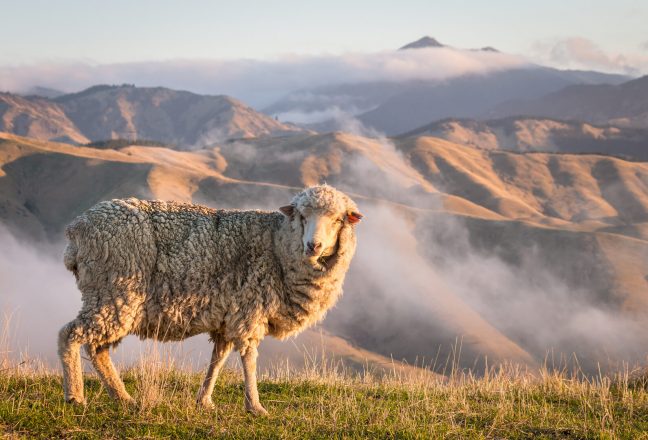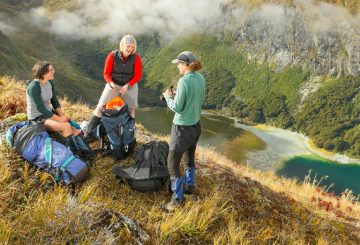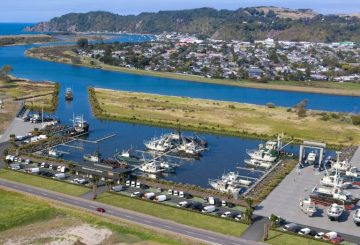Damien O’Connor의 농업 무역 및 수출 성장 장관은 화요일 COVID-19, 뉴질랜드의 주요 부문의 경제 전망은 밝다.
오코너에 따르면 최신 상황 및 주요 산업 전망 보고서는 2021 년 6 월에 끝나는 연도의 식품 및 섬유 수출 수입이 47.5 억 NZ 달러 이상이고, 다음 해 49.2 억 뉴질랜드 달러 (34.8 억 달러) 를 기록했습니다.
“이 강력한 성과는 비즈니스 운영과 근로자가 일자리를 유지할 수 있도록 적응할 수 있는 부문의 능력에 대한 증거입니다.생산자들은 직원과 지역 사회를 COVID로부터 안전하게 지키고 국내외에서 필요한 식품 및 섬유 제품을 제공하기 위해 노력하고 있습니다.” 라고 O’Connor는 말했습니다.
“올해 스타 공연자들은 원예 부문을 포함합니다.” 라고 그는 말했다.O’Connor는 원예 부문의 수출 수입이 약 710억 뉴질랜드 달러에 달할 것으로 전망되어 전년도 대비 8.9% 증가했다고 덧붙였다.2020 년 초 성공적인 수확으로 이어지고 신선한 과일과 와인에 대한 수요가 계속되었습니다.
“2021 년 6 월 끝나는 연도의 경작 부문에 대한 수출 매출이 5.3% 증가할 것으로 예상되며, 전년도 범퍼 23% 증가는”그는 말했다.
스튜어트 내쉬 임업 장관은 임업 수출이 회복의 좋은 징후를 보이고 있다고 말했다.내쉬는 “중국의 통나무와 미국의 톱질 된 목재에 대한 강한 수요로 인해 임업 수출의 회복이 추진되고 있습니다.
O’Connor는 일부 부문의 수출 수입은 2021 년 6 월까지 하락 할 것으로 예상되지만 다음 해에는 더 강해질 것으로 예상된다고 밝혔다.
O’Connor는 시장이 COVID-19 의 영향을 계속 처리함에 따라 세계 유제품 가격 약화로 인해 2021 년 6 월까지 46% 의 뉴질랜드 달러로 4.6% 감소 할 것으로 예상됩니다.
“그러나 이것은 중기 동안 강력한 부문 수익성을 지원하기 위해 낙농 제품, 특히 중국으로부터의 높은 수요로 인해 상쇄되어야하며, 2022 년 6 월 말 연도에 수출 수익은 20.1 억 NZ 달러에 달할 것으로 예상된다”고 그는 말했다.
오코너 (O’Connor는 COVID-19) 의 영향이 얼마 동안 볼 수 있지만 뉴질랜드는 회복이 잘되어 있다고 말했다.






























































